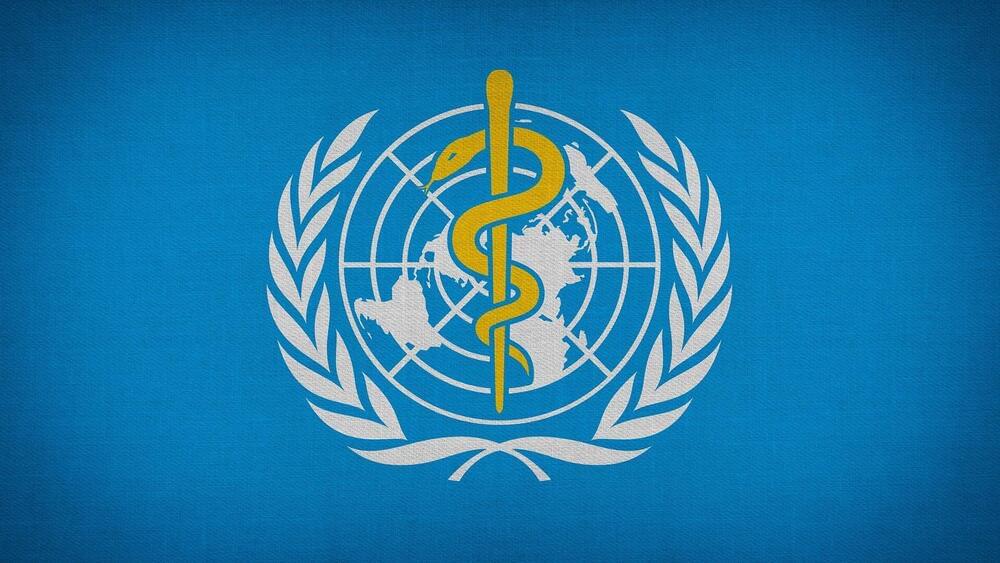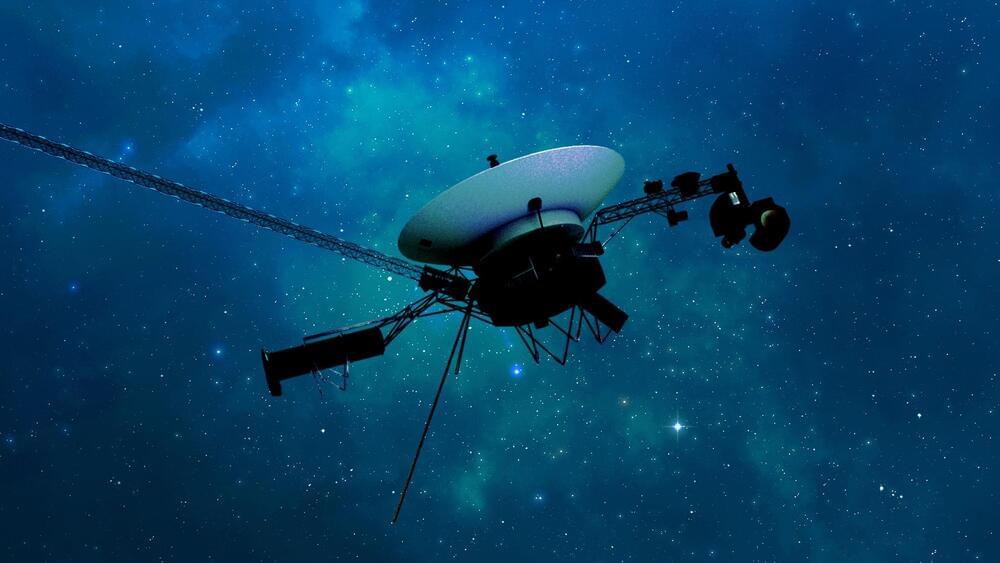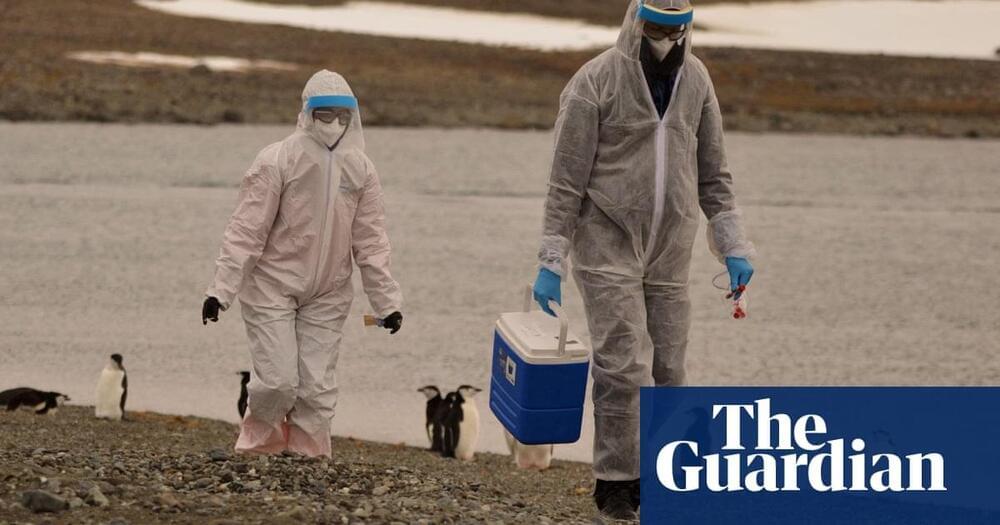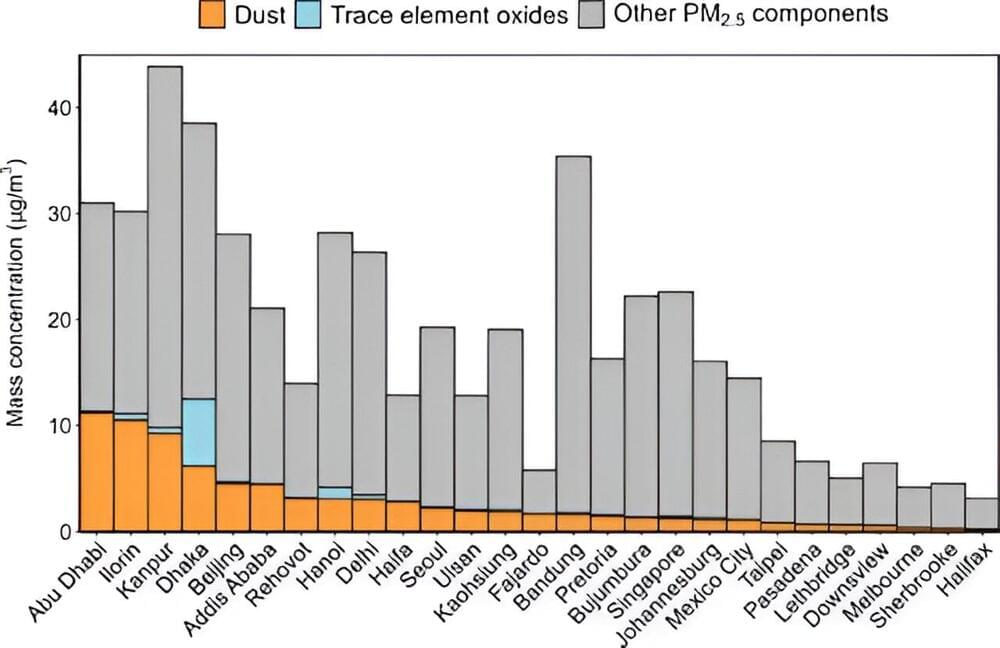National clinical guidelines for the treatment of COVID-19 vary significantly around the world, with under-resourced countries the most likely to diverge from gold standard (World Health Organization; WHO) treatment recommendations, finds a comparative analysis published in the open access journal BMJ Global Health.
And nearly every national guideline recommends at least one treatment proven not to work, the analysis shows.
Significant variations in national COVID-19 treatment recommendations have been suspected since the advent of the pandemic, but these haven’t been formally quantified or studied in depth, note the researchers.









